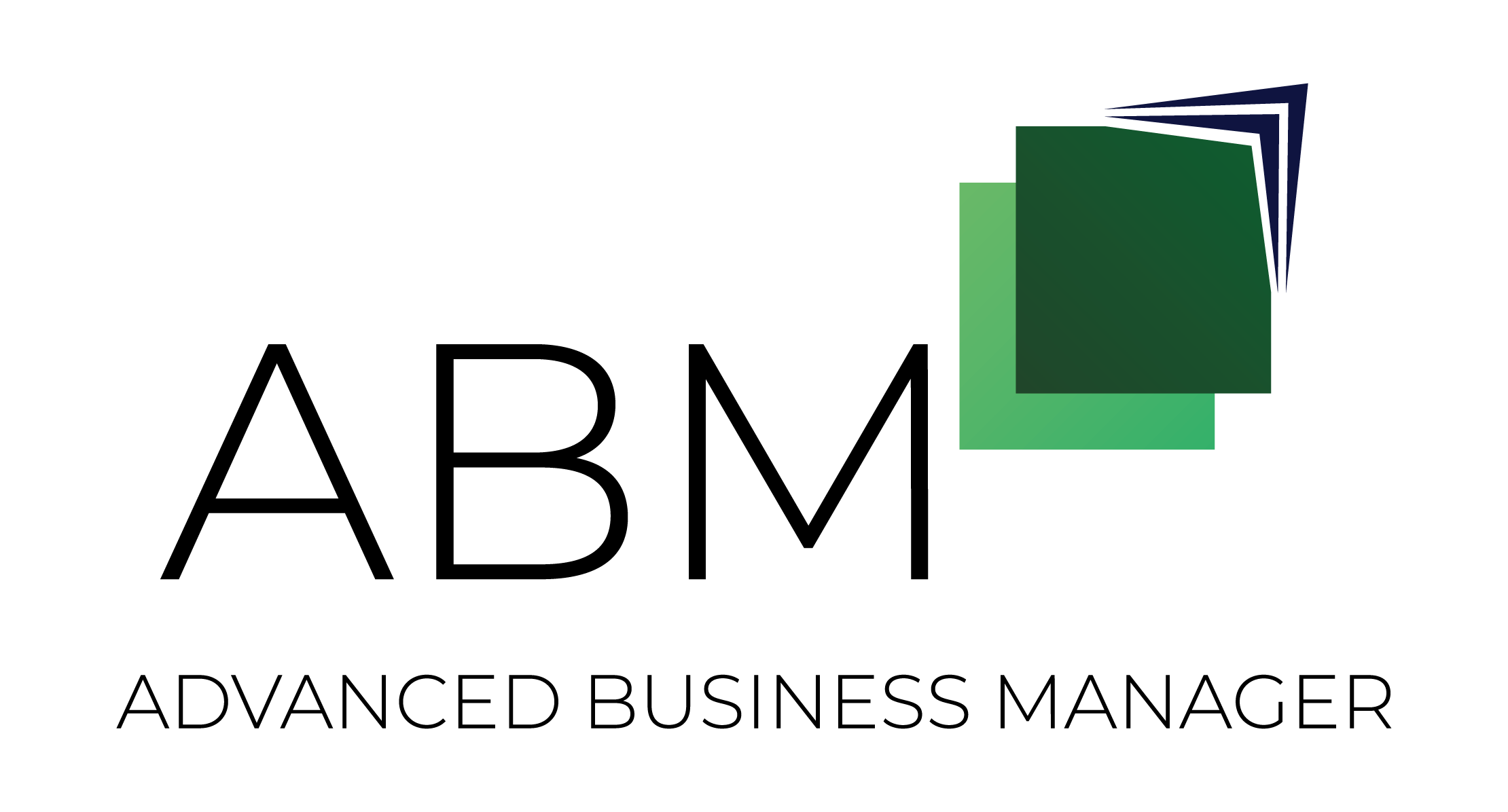Efficient and Effective Management of Time
Time management isn’t a new concept, but good time management is about developing techniques for handling the tasks that need to be done. Whilst job costing in the accounting system includes timesheet entry, ABM’s Time Management System (TMS) offers a much higher level of management, control and fast data entry against jobs using flexible and efficient entry methods.
No matter what type of consultancy or service a company offers, TMS can help increase productivity and ease the billing process. It is designed to meet the needs of a wide range of businesses in industries requiring the use of job and time sheets for their services.
See results with...
A standard timesheet records actual labour time against a job. However, TMS includes specifying of stage, phase, and rate of the task being performed, allowing a more comprehensive approach to the use of timesheets. Enable staff members to create, view, add, edit timesheets with speed and ease on a day-to-day basis and link jobs to managers for a cost and component overview.
Financial system integration
TMS seamlessly integrates with ABM’s core accounting system to control the financial aspects of the time management process. Reports can be based on accurate data, and clients can be billed with speed and ease. This integration means there is no double-entry of time information, with a range of labour rates setup before charging structures are applied and automatically calculated on jobs.
Customise and Automate
There are a number of customisable options available which provide control over how the timesheets manage different situations. The values of a normal working day can be specified to allow posting of automated timesheets, such as public holidays and leave. Labour costs and charges (labour rates) can be set up by staff member, by job or by both. And many more options...
Staff and Security
Security profiles are used to assign access to specific functions and job groups for staff members, creating a permissions structure for employees. The “staff settings” allows authorised users to set up and maintain details about staff members such as their normal working week, number of days available and access to jobs.
Job viewer
The job viewer is used to show pertinent job details and history, and allows a job manager to view transactions according to type and date. Summary and drill down of costs and fees are available, and viewing of transactions by type and date. Write on and offs can be managed for jobs, including “neutralise” functions to clear work in progress.
Disbursements, write-ons and write-offs
Disbursements (e.g. mileage, airfares, meals etc) can be processed in a similar manner to timesheet entries and includes a disbursement list to assist with consistency of data entry. Disbursements may also be posted by administrative staff, with the transactions list available through the disbursement viewer.
Multi-company, multi-branch
There are no limits to the number of companies or office branches able to be managed by TMS. The setup allows complete control and separation over the individual operations and enables interaction between each unit or company.
No matter what type of consultancy or service a company offers, TMS can help increase productivity and ease the billing process. It is designed to meet the needs of a wide range of businesses in industries requiring the use of job and time sheets for their services.
See results with...
- effortless time tracking and client billing
- streamlined job costing and project management
- flexible period reporting easy and effective timesheet management
- faster processing of invoices from creation through to approval
- collective reviewing of attendance, overtime and leave
Features
Timesheet ManagementA standard timesheet records actual labour time against a job. However, TMS includes specifying of stage, phase, and rate of the task being performed, allowing a more comprehensive approach to the use of timesheets. Enable staff members to create, view, add, edit timesheets with speed and ease on a day-to-day basis and link jobs to managers for a cost and component overview.
Financial system integration
TMS seamlessly integrates with ABM’s core accounting system to control the financial aspects of the time management process. Reports can be based on accurate data, and clients can be billed with speed and ease. This integration means there is no double-entry of time information, with a range of labour rates setup before charging structures are applied and automatically calculated on jobs.
Customise and Automate
There are a number of customisable options available which provide control over how the timesheets manage different situations. The values of a normal working day can be specified to allow posting of automated timesheets, such as public holidays and leave. Labour costs and charges (labour rates) can be set up by staff member, by job or by both. And many more options...
Staff and Security
Security profiles are used to assign access to specific functions and job groups for staff members, creating a permissions structure for employees. The “staff settings” allows authorised users to set up and maintain details about staff members such as their normal working week, number of days available and access to jobs.
Job viewer
The job viewer is used to show pertinent job details and history, and allows a job manager to view transactions according to type and date. Summary and drill down of costs and fees are available, and viewing of transactions by type and date. Write on and offs can be managed for jobs, including “neutralise” functions to clear work in progress.
Disbursements, write-ons and write-offs
Disbursements (e.g. mileage, airfares, meals etc) can be processed in a similar manner to timesheet entries and includes a disbursement list to assist with consistency of data entry. Disbursements may also be posted by administrative staff, with the transactions list available through the disbursement viewer.
Multi-company, multi-branch
There are no limits to the number of companies or office branches able to be managed by TMS. The setup allows complete control and separation over the individual operations and enables interaction between each unit or company.
